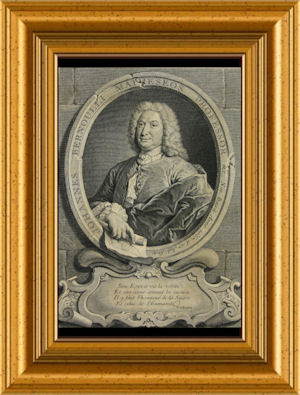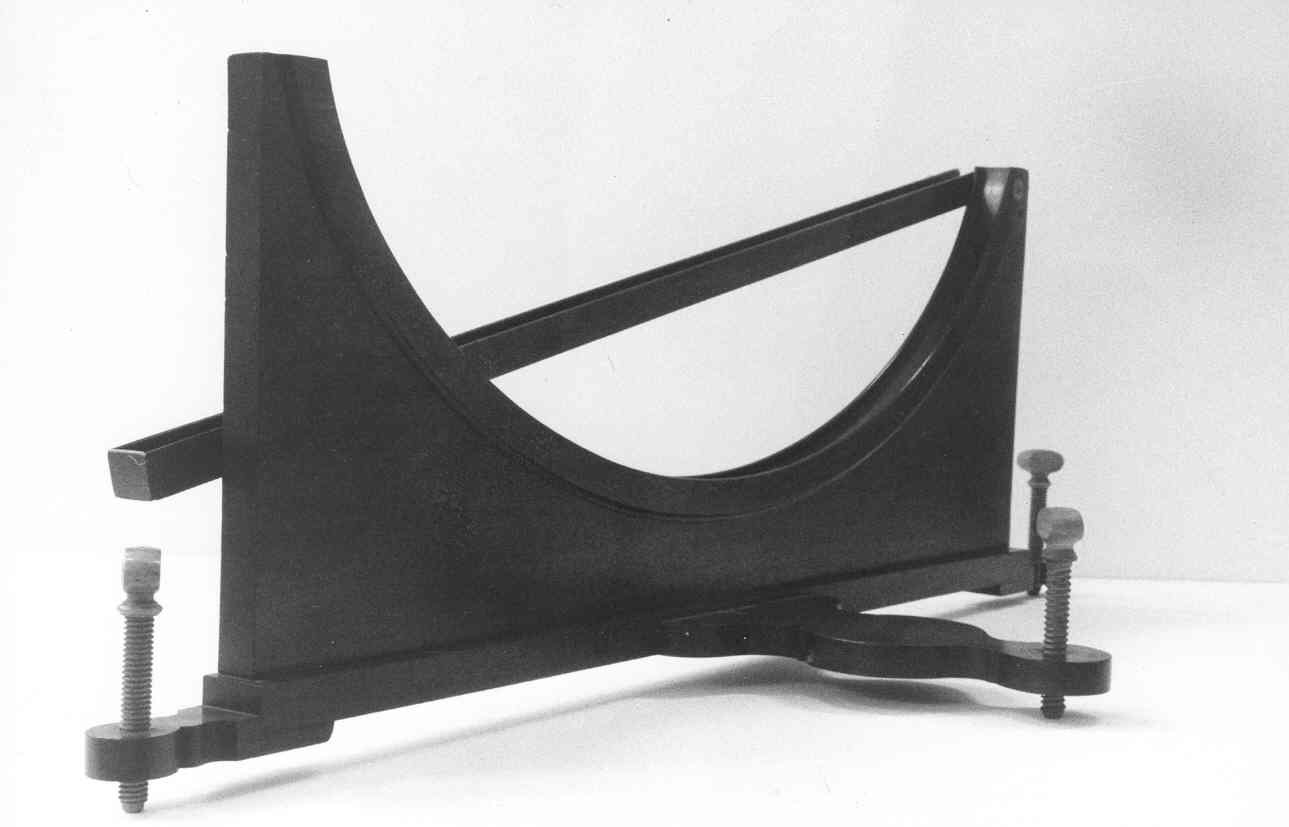Johann Bernouilli (1667-1748)

Johann Bernoulli was born in the Swiss town of Basle in 1667 as member of a family that had fled from Antwerp at the time of the Dutch Revolt. His father wanted him to join in the family spice trade, but Johann had an eye for science. He went to Basle to study medicine but found his real love was mathematics. His older brother was professor of mathematics at Basle university and so taught Johann, his younger brother.
In 1684 Gottfried Wilhelm Leibnitz (1646-1716) had laid the foundations of the new science of mathematics with his article Nova Methodus Pro Maximis et Minimis on the calculation of differentials and integrals.
Leibnitz kept the article vague to confuse others and so stay one step ahead: Newton was busy with similar research. Jakob and Johann Bernoulli were the first individuals to completely understand Leinbitz’ article and its importance and the calculations became fact. In Groningen the professorship of mathematics had been vacant for some time and Bernoulli was offered the position. He accepted and travelled to Groningen with his family.

During his professorship Bernoulli solved the Brachystochrone problem: what shape is the fastest curve between two known points? He managed this by using the differential and integrals calculations and found the best shape to be a cycloid. This is a curved line produced by the movement of a fixed point of a wheel as it travels along a line. He published his solution in 1697. It is considered as an important triumph for the so-called nova methodus.

In 1705 Johann decided to return to Basle and took up the professorship of maths, when his brother died. Johann died on 1 January 1748.

